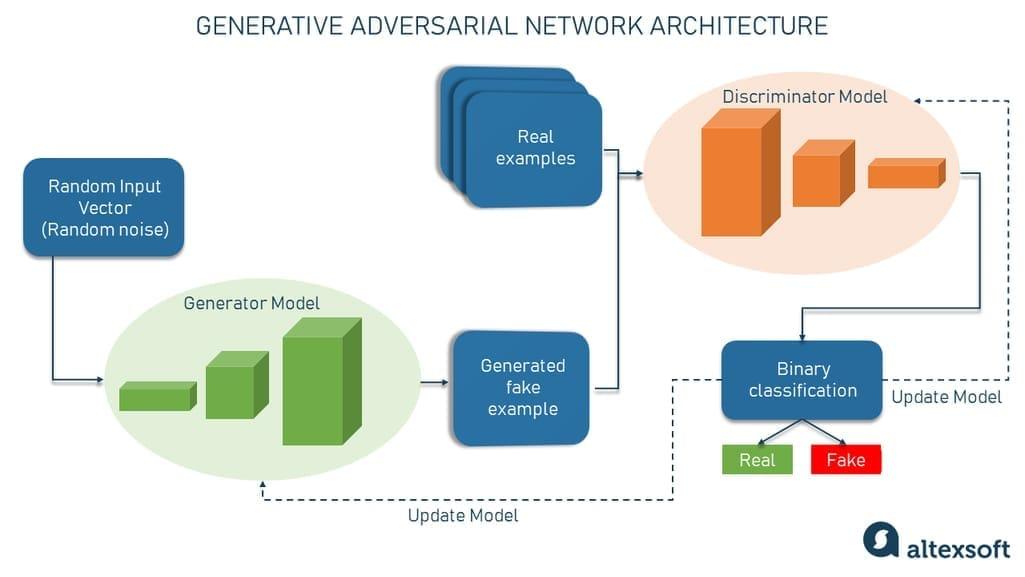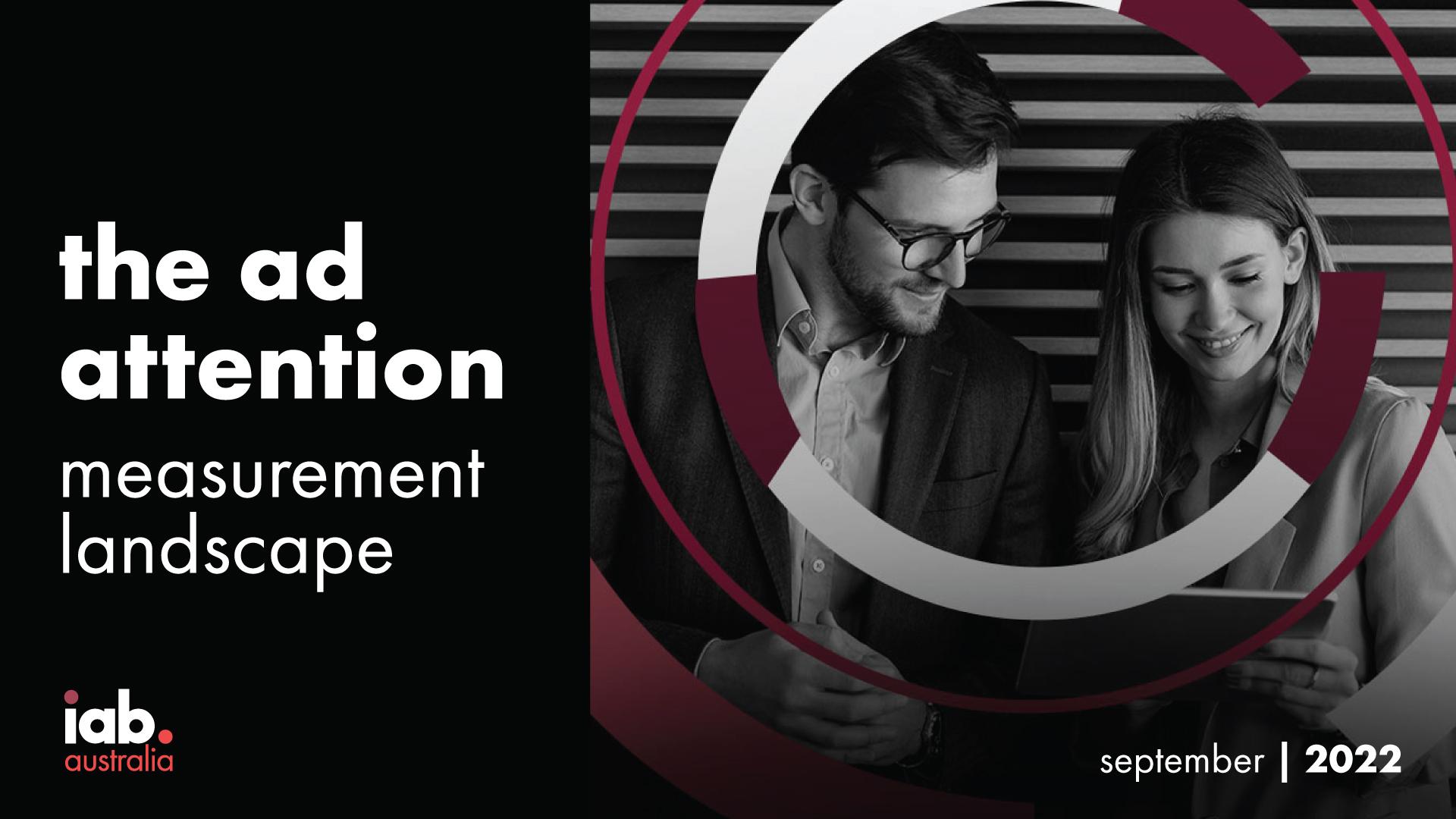Step into a gallery where moodboards meet model weights, where storyboards sit beside system prompts, and where the creative process is as visible as the final frame. Creative Showcase is a curated look at campaigns, visuals, and ad experiments shaped with AI-arranged not as hype, but as evidence. Each piece is presented with context: what tools were used, how decisions were made, and where human judgment guided or corrected machine output.
This is not a manifesto or a tutorial, but a living catalog. You’ll find side-by-side iterations, production notes, and measured observations when available-what accelerated, what stalled, what surprised. We disclose models, methods, and sources; we note constraints, rights, and consent; and we flag limitations and artifacts so the work can be evaluated on its own terms.
Wander, zoom in, compare. Treat every asset as both exhibit and experiment-an invitation to interrogate process as much as result. Whether you’re scouting references, mapping workflows, or testing ideas, the aim is clarity: to make the interplay between human craft and machine capability legible, practical, and open to inspection.
Inside the gallery of AI driven campaigns: formats that convert, narratives that sustain recall, contexts that lift response
Formats that convert emerge when AI trims friction and spotlights intent: think short-form video that reorders scenes per viewer, feed-synced carousels that surface the right SKU at the right scroll, and playable units that let curiosity do the selling. Each execution leans on data-light cues-time-on-frame, hover depth, query residue-to decide the next frame, the next caption, the next nudge, so the creative behaves like a courteous host rather than a loudspeaker.
- Adaptive short video: 6-15s edits, auto-sequenced by detected interest (feature-first vs. benefit-first).
- Playable preview: 8-second try-before-you-buy interaction that seeds product familiarity.
- Shoppable carousel: UGC tiles + live price badges, swapped based on availability and affinity.
- Conversational display: On-ad Q&A that resolves objections and pushes a context-matched CTA.
- Dynamic DOOH: Weather/footfall triggers pair creative variants with intent-heavy locations.
Narratives that sustain recall rely on compact, repeatable codes: a visual motif, a two-beat promise, and a sonic marker that snaps back into memory after the scroll. AI helps maintain these codes while flexing the storyline per audience-shifting who speaks, what obstacle appears, and where the reveal lands-without breaking brand grammar. Contexts that lift response are equally deliberate: timing windows, mood adjacency, and co-viewing moments where attention is naturally shared, all detected and weighted before the first impression lands.
| Format | Narrative Hook | Context | Outcome |
|---|---|---|---|
| Adaptive Video | Before/After in 2 cuts | Evening, DIY content | +28% CTR |
| Playable Demo | “Try in 8 seconds” | App stores, gaming | −22% CPA |
| Shoppable Carousel | UGC proof + price ping | High-intent search | +31% CVR |
| Conversational Display | Objection → Answer → CTA | Reviews, comparison | +19% Lift |

Building visual systems with generative models: model choice, style consistency, brand safe guardrails
Pick models the way you’d cast talent-by temperament and role. For moody explorations and painterly comps, a high-variance diffusion model shines; for tight product shots, favor models with strong controllability and low drift. Build a lightweight routing layer that can swap engines per brief (photoreal, illustrative, vector-like), and standardize on prompt templates plus small adapters (LoRA) for fast brand tuning. Evaluate across two axes: creative (fidelity, editability, style range) and operational (latency, cost, IP posture, deployment). Pair image-to-image with reference boards to steer composition, and rely on seed-locking for reproducibility. Keep the stack pragmatic: what ships consistently beats what dazzles once.
- Fidelity: text legibility, hands/faces, product geometry
- Consistency: seed reuse, fixed style tokens, shared palettes
- Controllability: depth/pose/control maps, masking, inpainting
- Speed & scale: batch pipelines, cached embeddings, autoscaling
- Licensing posture: model provenance, commercial terms, indemnities
- Tooling: vector upscalers, LUT packs, smart crop, variant diffing
Style lives in constraints: encode brand DNA as a compact system-palette, light model, texture library, do/don’t lexicon-and enforce it with style embeddings, negative prompts, and post-grade LUTs for a unifying finish. Create a “visual contract” JSON (fonts, color tokens, framing ratios, prohibited motifs) that production scripts read before generation. Guardrails should be layered, not loud: prompt sanitizers, NSFW/violence toxicity screens, OCR filters to block banned words on signage, and face/IP detectors for talent and logos. Add human-in-the-loop checkpoints at concept, pre-flight, and final QC; log every render with seeds, prompts, and model hashes for auditability. When experiments push boundaries, route to a stricter model and enable watermark checks before publishing.
| Model path | Best for | Style tactic | Guardrail add‑on |
|---|---|---|---|
| Proprietary diffusion | Photoreal ads | Seed lock + LUT | Face/logo scan |
| Open diffusion + Control | Layout fidelity | Pose/depth maps | Prompt sanitizer |
| Vision‑Language (image LLM) | On‑brand captions | Style tokens | Toxicity/PII OCR |
| Video generator | Motion concepts | Look‑dev LUT pack | Frame‑level NSFW |

Designing ad experiments with AI: prompt matrices, diffusion parameters, and rapid iteration workflows
Prompt matrices turn scattered ideas into structured experiments: define dimensions (voice, hook, setting, CTA, persona) and let AI cycle through combinations to surface surprising pairings without losing brand coherence. Pair each axis with diffusion controls-CFG scale for adherence, steps for detail, scheduler for texture, seed locking for repeatability-then batch-generate grids that map concept to output. Tag generations with prompt fingerprints so winners can be traced and evolved, and keep negative prompts tight to reduce visual drift. The result is a system where creative range expands while variables stay observable.
- Voice: playful, premium, expert
- Hook: scarcity, social proof, outcome
- Setting: studio, lifestyle, macro detail
- CTA: trial now, learn more, limited drop
- Style: photoreal, editorial, illustrative
For rapid iteration, run tight sprints: generate, auto-tag, cluster by look-and-feel, and spin off micro-variants from the top performers. Use lightweight QA-thumbnail A/Bs, caption swaps, colorway toggles-to validate signal before full production. Maintain a living gallery with version trees, so each improvement traces back to its parent. Below is a compact sandbox that pairs prompt seeds with param presets and the primary KPI each variant is meant to move.
| Variant | Prompt Seeds | Diffusion Params | KPI to Watch | Result Snapshot |
|---|---|---|---|---|
| A | Premium voice, outcome hook, studio | CFG 7, 30 steps, DPM++ SDE, seed lock | CTR | Clean hero, sharp contrast |
| B | Playful voice, social proof, lifestyle | CFG 9, 24 steps, Euler a, subtle grain | Thumbstop rate | Human touch, warm palette |
| C | Expert voice, scarcity, macro detail | CFG 6, 40 steps, DDIM, negative clutter | Conversion | Text clarity, product close-up |

Measuring impact and scaling responsibly: attention metrics, incremental lift, bias checks, and approval loops
Let every AI-born concept earn its audience with a measurement spine that links the spark of a scroll-stopping frame to real outcomes. Pair granular attention signals with causal proof so creative isn’t just seen-it performs. Build a lightweight taxonomy that follows each variation from mock to market, capturing context (placement, audience, format) and stitching it to events like add-to-cart or lead quality. With this, you can promote winners, refine almost-winners, and retire noise while keeping your gallery fresh and performance-minded.
Responsible scale demands repeatable guardrails: audit what the model learned, compare who it benefits, and document why you approved it. Human judgement stays in the loop-calmly, consistently-so you can accelerate what’s working without drifting into bias or brittle tactics. Treat creative decisions like product decisions: versioned, peer-reviewed, and reversible. This keeps experiments honest, stakeholder-friendly, and ready for the next platform shift.
- Attention signals: time-in-view, hover/scroll depth, sound-on rate, replay, interaction hotspots.
- Quality proxies: save/share ratio, dwell post-click, creative-level bounce, thumb-stop rate.
- Causal lift: geo holdouts, ghost ads/PSA controls, sequential A/B, matched markets, lightweight MMM.
- Scale rules: cap frequency until incremental ROAS or lift clears a pre-set threshold; expand placements only after stable confidence intervals.
- Bias checks: protected-attribute proxy scans, outcome parity by cohort, Simpson’s paradox sweeps, text-to-image stereotype flags.
- Data hygiene: dedupe campaigns, normalize spend windows, remove outliers, log prompt and seed metadata.
- Approval loop: creator draft → peer review → policy/compliance → small-slice test → lift readout → scaled release with rollback plan.
- Documentation: compact decision memo linking creative ID to metrics, audiences, and a single “why it shipped.”
| Experiment | Best For | Readout | Scale Trigger |
|---|---|---|---|
| Ghost ads | Platform-native lift | 1-2 weeks | Stat-sig lift + stable CPR |
| Geo holdout | Omnichannel impact | 2-4 weeks | Incremental ROAS > target |
| Sequential A/B | Creative head-to-head | Fast (days) | CI excludes 0, cost steady |
Future Outlook
As this showcase draws to a close, consider each campaign, visual, and ad experiment as a snapshot of a moving practice. Behind every frame sit prompts, datasets, constraints, and choices-evidence of a dialogue between human intent and machine possibility.
The gallery will keep changing as tools improve and briefs evolve. What remains constant is the craft: setting clear objectives, testing assumptions, tracing sources, and measuring impact beyond the first impression. Use these pieces as reference points-templates to adapt, systems to question, and starting blocks for your next iteration.
The lights dim here, but the work continues. Return when you need a spark, a baseline, or a boundary to push. Explore, document, and refine. The canvas is open; the experiments are yours.